August 2025
THIS MONTH'S FOCUS: Artificial Intelligence

COADVANTAGE: A COMPANY ON A MISSION
Yet, through all this change, CoAdvantage has grown immensely over the years, serving more and more small businesses. It’s a testament to what can happen when you're attuned to the needs of your user, hire a team committed to putting the customer first, and are mission-driven.
BY Chris Chaney
August 2025CONTENTS
FEATURED

AI RISK GOVERNANCE FOR PEOS
Governance is not just a framework; it’s a mindset. Offer regular training on ethical AI to all employees, not just the technology teams. Encourage client engagement and help them understand how AI supports services and how safeguards are in place.
BY TIM SHAW
August 2025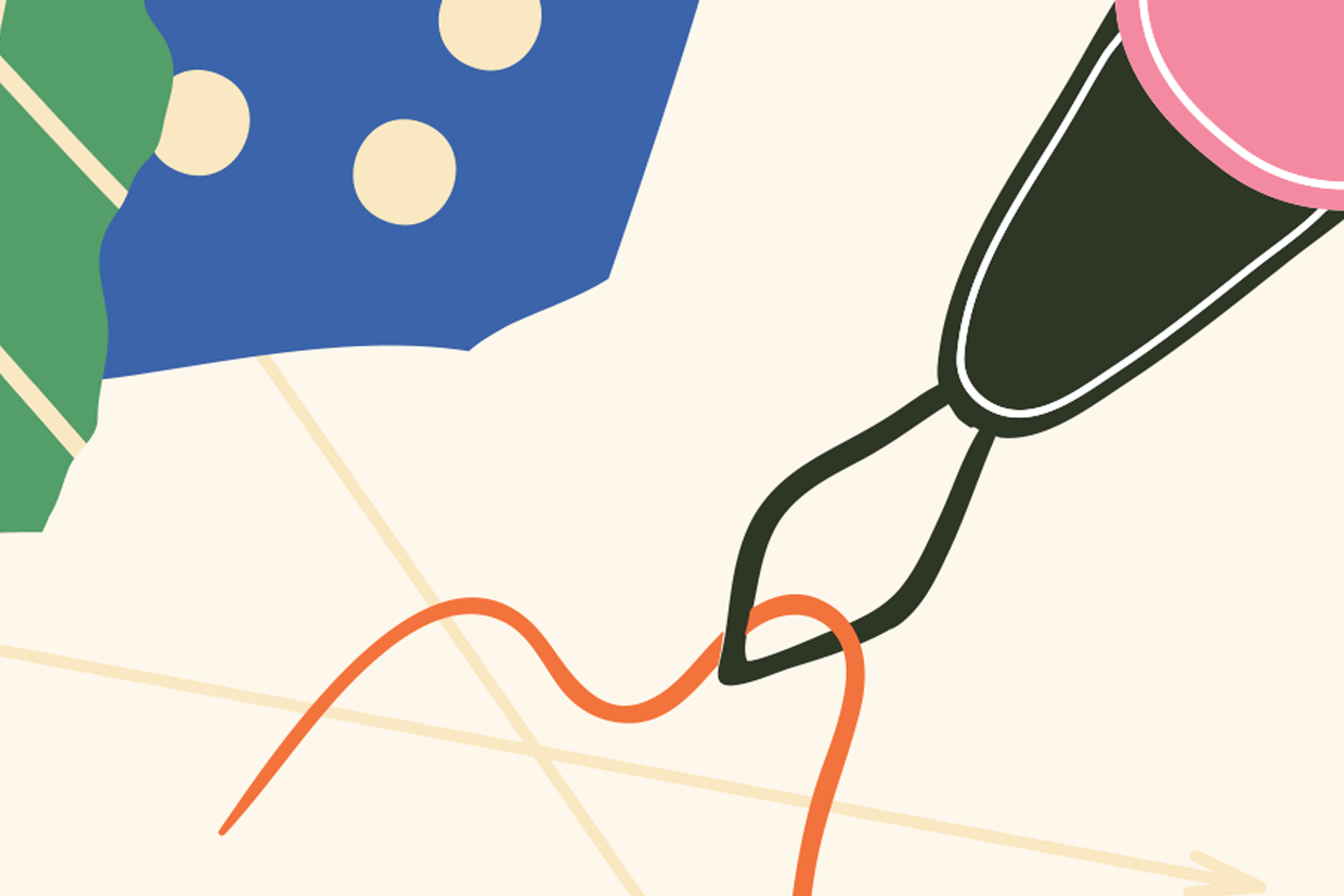
THE EFFECTS OF AI ON RETIREMENT SAVINGS AND THE PEO INDUSTRY: A RESPONSIBLE INNOVATION PERSPECTIVE
These principles are not just ethical imperatives—they are business imperatives. Organizations that prioritize responsible AI are more likely to earn trust, avoid regulatory pitfalls, and achieve sustainable success.
BY DR. RYAN AUNG
August 2025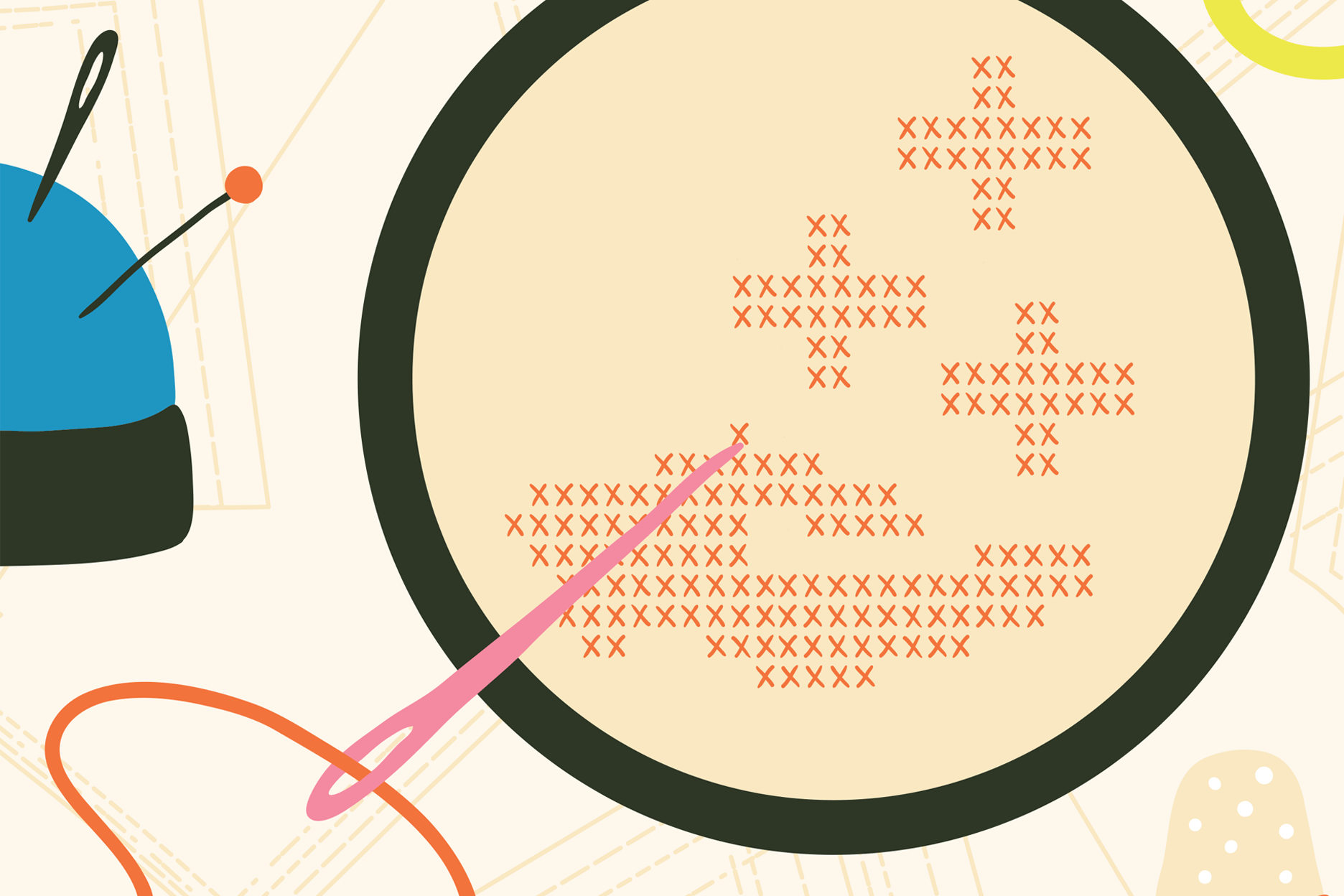
WHEN AI BECOMES THE ANTIDOTE: USING TECHNOLOGY TO HEAL WHAT IT BROKE
By helping people identify subsidies and navigate complex healthcare marketplaces, we're ensuring that job displacement doesn't also mean healthcare displacement.
BY ANDY HAMILTON
August 2025
YOUR BENEFITS COULD USE A DASH OF AI: RETHINK THE PEO EMPLOYEE BENEFITS EXPERIENCE
AI is the avenue toward more elevated human touches. When AI handles routine benefits queries, it frees up benefits experts and call center staff to handle the truly complex cases that require a delicate touch.
BY GUY BENJAMIN
August 2025
USING AI TO RECORD MEETINGS: DATA PRIVACY RISKS PEOS NEED TO KNOW
AI transcription tools aren’t perfect. They may misinterpret accents, jargon, or industry-specific terms. They may generate summaries that are incomplete or misleading. In some cases, bias can sneak into outputs, even when demographic information isn’t included in the input.
BY KRISTEN FRADIANI
August 2025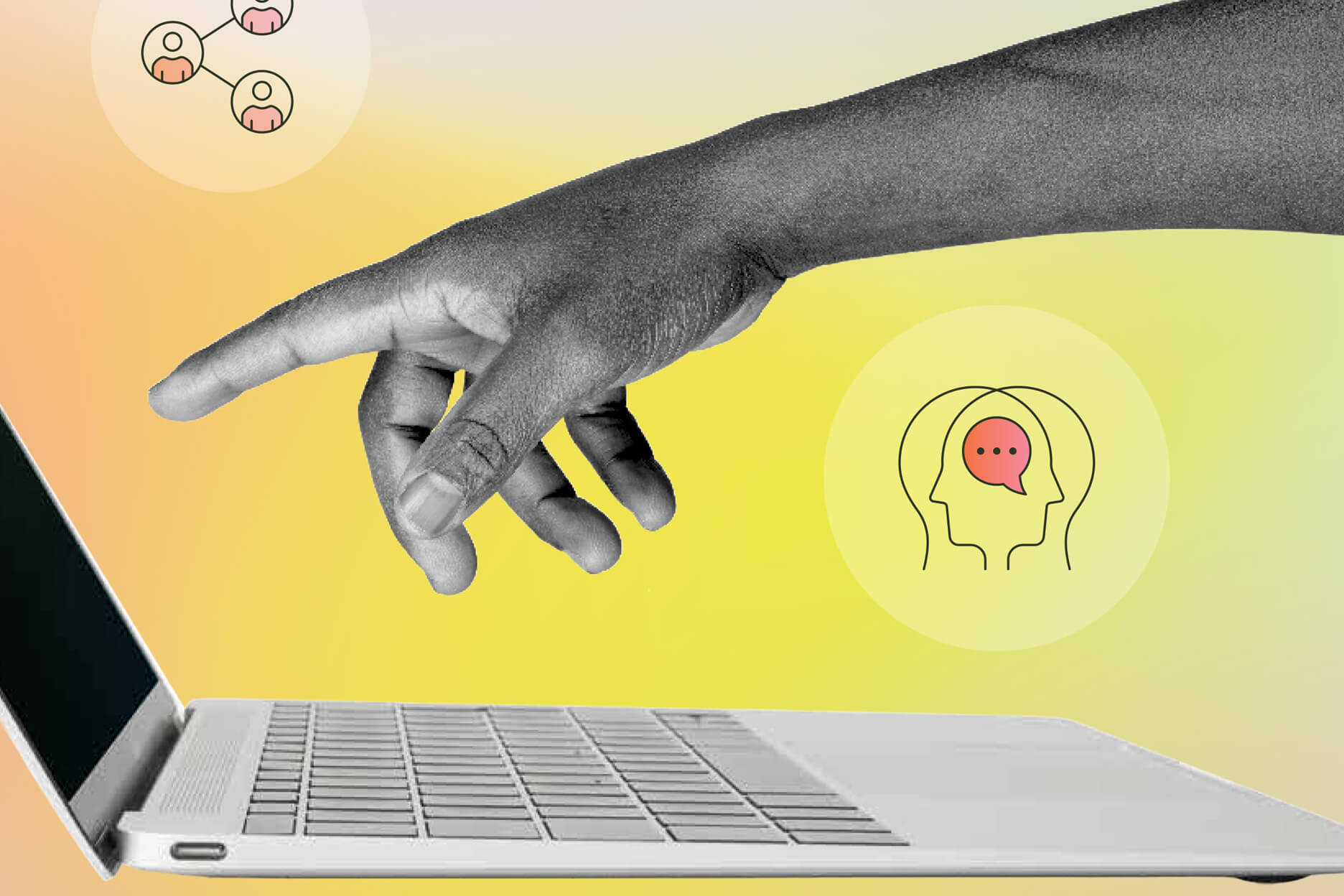
HOW SPIRIT HR USED AI TO AUTOMATE ITS CLIENT OPERATIONS
From kickoff to first production workflow, the rollout took about six weeks—covering the analytics dashboard plus the payroll automation. The very first automation now saves 25% of the payroll team’s time on a weekly basis.
BY ISH BAID
August 2025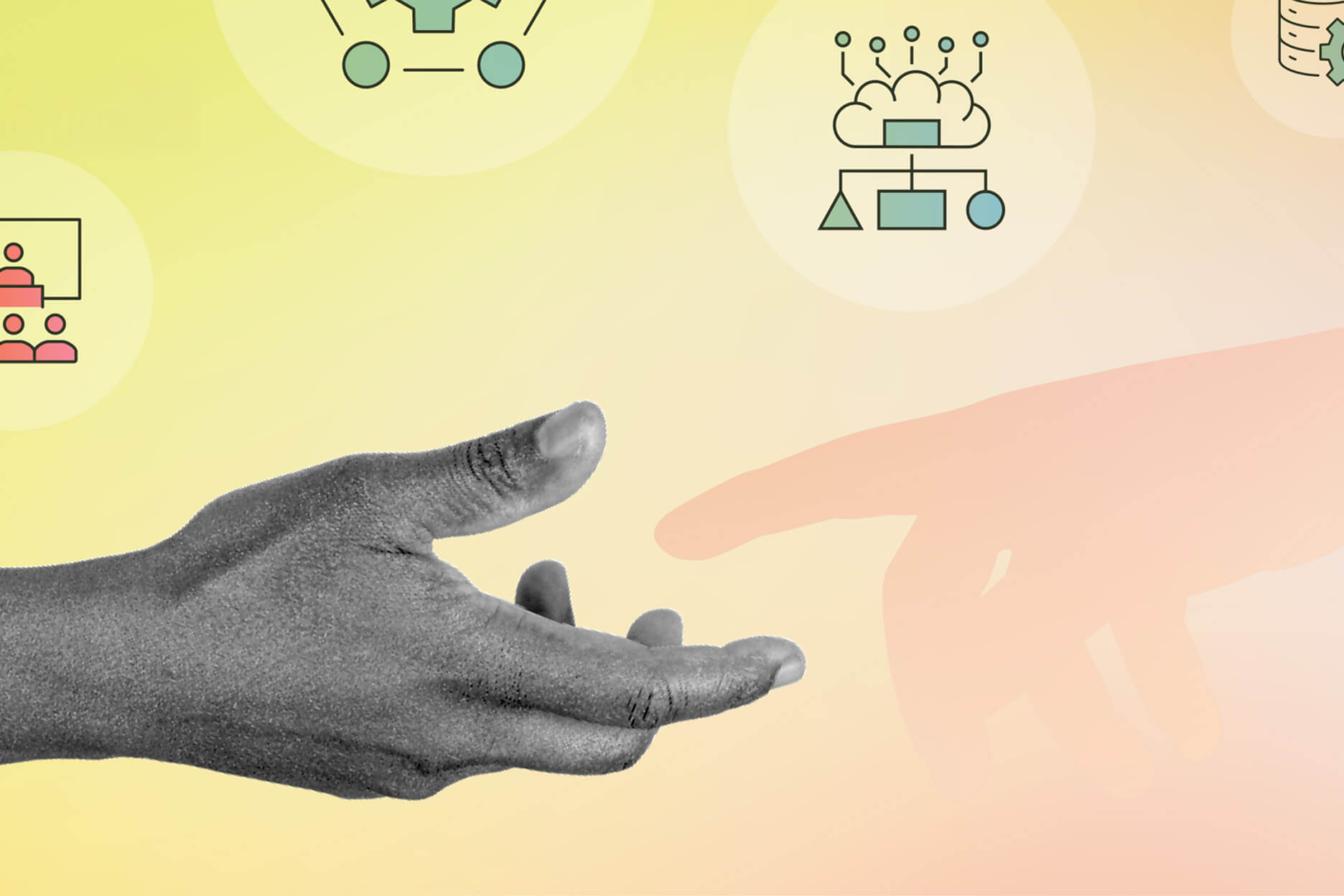
HUMAN-CENTERED INNOVATION: HOW AI IS REDEFINING PAYROLL AND PEOPLE STRATEGY
Years ago, HR departments embraced self-service tools to streamline routine tasks like timecards and address changes. But in digitizing these processes, many overlooked the value of human interactions, the casual conversations that often revealed deeper concerns or needs.
BY YUTAKA TAKAGI
August 2025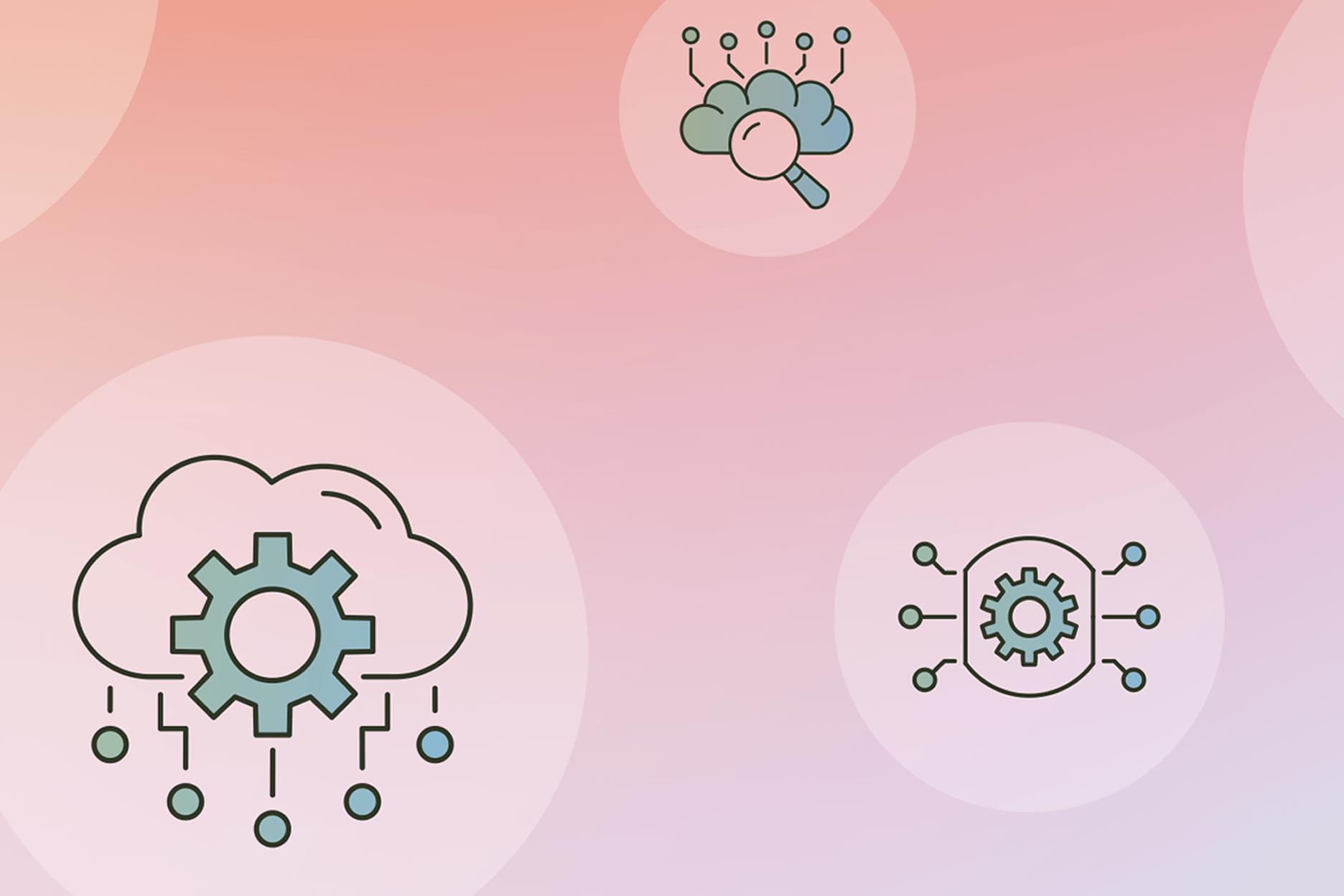
HOW AI IS TRANSFORMING PEOPLE MANAGEMENT AND WHY PEOS MUST LEAD THE REVOLUTION
AI can provide personalized learning paths for career development, tailor benefits packages based on location and varying family needs. Emerging AI models even have the ability to predict employee burnout before it occurs.
BY NATE OLSEN
August 2025TRACKS

“I encourage every member—whether you’ve attended for decades or this would be your first—to join us. ”
BY David Feinberg
August 2025THREE CRITICAL CONSIDERATIONS FOR PEOS IMPLEMENTING AI
Implementing diverse training datasets and regularly auditing hiring algorithms can help minimize risk when using AI in talent acquisition.
BY Pascal Gibert
August 2025SMARTER WORKFORCE SOLUTIONS: HOW AI IS TRANSFORMING THE PEO INDUSTRY
Ultimately, the most successful PEOs are those who understand their core strengths, weigh the total cost of ownership, and align their AI approach with business priorities.
BY ANDREW LINDLEY
August 2025AI HALLUCINATIONS: BOOST YOUR AI IQ & PROTECTION
AI's ability to process vast amounts of data and generate human-like text has streamlined numerous tasks. However, a significant concern has emerged: AI's tendency to produce "hallucinations," or fabricated information presented as fact.
BY Paul Hughes
August 2025WHAT PEOS NEED TO KNOW ABOUT THE CURRENT STATE OF WORKPLACE AI REGULATION
From hiring to performance management, from resume review to video interviews, AI is increasingly relied upon by employers to help with a wide spectrum of tasks – and lawmakers are taking notice.
BY John Polson, ESQ.
August 2025THE NEXT LEVEL: PEOS AND THE ISSUES OF EMPLOYING PREDICTIVE ANALYTICS
Another benefit from using deep data driven predictive analytics is that it provides a next level opportunity to solidify and personalize the PEO’s relationship with its client.
BY Scott Johnson
August 2025AI WITHOUT THE BUZZWORDS: PRACTICAL APPLICATIONS FOR PEO LEADERS
The question isn't whether AI will transform your PEO—it's whether you'll guide it strategically or let it happen haphazardly, with biased decisions and unrealized value following.
BY Jason French
August 2025AI AND PEOS: WHAT COMES NEXT?
Artificial Intelligence is a topic of widespread interest and is often touted as the solution to nearly every business challenge. While AI’s complete impact is yet to be seen, most would agree that it will influence nearly every industry, including PEOs. If asked, an AI engine like Chat GPT might say “AI can transform PEOs from being viewed as administrative vendors to strategic business partners by offering predictive, proactive, and personalized services at scale.” A shift that changes how a marketplace perceives the industry could bring significant opportunities for PEOs. Jarryd Bradley, Chief Technology Officer at Workforce Management Agency, anticipates AI-powered PEOs will play a big role in how employees get work-related information. “Interactive chatbots have become mainstream. Most people are familiar with talking to a chatbot like Siri or Alexa, and generative AI has shifted the search engine user experience.” “However,” he continues, “Human connections are still essential. AI isn't a total replacement for business experts. It’s a tool that advances self-service to a place where issues and business processes can be handled much more quickly and efficiently.” AREAS OF AI INFLUENCE IN THE PEO INDUSTRY Task automation Predictive analytics Benefits enrollment and administration HR decision-making Employee recruitment and onboarding Customer service AI will affect the entire breadth of the industry, including PEOs, their HR business partners and other trusted advisors, PEO clients, and the employees who work for the clients. Some areas where AI is likely to play a part in the predicted industry transformation include data-driven matching, customer service, chatbots, and data acquisition. PEOS PEO platforms are ideal systems for AI deployment. They feature a wide range of functions, quickly analyzing and providing insight into large datasets as they grow. AI-influenced changes made by the PEO companies will influence entities and individuals throughout the PEO development, sales, and usage environment. Benefit Enrollment More than just streamlining benefit enrollment processes for PEOs, AI enables PEO companies to add personalization and intelligence to match companies with relevant benefit programs. AI-driven systems can analyze a company’s HR, benefits, and compliance needs, then match those requirements against a broad array of PEO offerings. This data-based analysis ensures a precise fit between client and PEO. As they select the best PEO solutions for a company, AI algorithms may consider factors such as industry, company size, risk profile, and desired benefits as it makes its recommendations. Customer Service Manual methods dominate the actions PEOs take to maintain client relationships today. With AI on board, PEO companies can be more strategic about how they ensure their clients are happy, satisfied, and likely to renew their contracts. AI could, for example, monitor each client’s use of various aspects of the PEO platform and issue quarterly personalized reports showing each client how much time and money they saved with the PEO services. Client communications generated by AI might also include informational content about underutilized PEO services, automating part of the process to connect businesses with important improvements to their operations. A.I. FOR PEO ADVISORS AND HR BUSINESS PARTNERS Bringing on a new client for HR and PEO service providers can occupy the time of many individuals working over a number of weeks. AI technology can automate many of the tasks an organization must complete, such as analyzing data or composing inquiries sent to the entities involved. The technology offers an opportunity to shorten the implementation process and use fewer people to do it. This allows these organizations to grow and prosper while reducing overhead. Task Automation Mundane tasks, such as managing appointments, client outreach, prioritizing, and scheduling, can be done more efficiently with AI assistance. The technology can help track implementation objectives, manage required documentation, and monitor compliance deadlines. AI-powered virtual assistants can also provide answers to client questions, guiding them through claims or onboarding processes and keeping them up to date on progress. Businesspeople have become comfortable with AI assistance very quickly. Every search engine has AI built in and the degree to which many people have experimented with prompting far surpasses most other recent technological innovations. The barrier to entry and acceptance level of using AI to support customers through a business process are quite low. Data Collection AI tools can automate data gathering activities and extract information from company applications, contracts, and other documents PEOs require for underwriting and onboarding. The act of requesting information and waiting for responses typically slows PEO onboarding efforts. AI-powered quality control features can catch data inconsistencies or highlight missing information, eliminating many of the delays caused by communication loops that occur between PEO underwriters, brokers, and clients. AI never sleeps, takes breaks or gets swamped by emails. This allows businesses to complete the data submission process much quicker; possibly in a single session. AI FOR PEO CLIENT COMPANIES Intelligent features built into PEO platforms can offer PEO clients enhanced performance in many areas of their businesses. The technology can often turn tasks traditionally handled with in-person, phone, or email communications into self-serve applications that deliver satisfactory results whenever they are needed. Interactive HR Chatbots Specialized AI chatbots supplied by the PEO and made available to the client’s employees can reduce the need for company HR professionals to answer common employee questions. AI can handle questions such as “Is my doctor in-network?”, “What is my co-pay for office calls?”, or “How do I start an FMLA request?”. AI chatbots might also help clients with business questions about workers’ compensation claims, payroll and tax questions, employee compensation rates, etc. This always-available resource could allow employees and their family members to deal with problems as they arise, allowing the issue to be dealt with instantly without drawing key resources like HR away from other critical tasks. Will AI dispense medical advice? Probably not. Employees should not rely on AI for medical diagnosis or treatment plans. However, it could supply general guidance for things like remembering to make doctor appointments for follow-up visits or providing suggestions for physical therapy from highly rated providers covered by their health plan. AI might send wellness reminders for recommended tests or check-ups according to the employee’s age, health history, and physical condition. Existing data from previous cases and similar conditions lets AI offer more clarity to the people that need it most, enabling them to ask the right questions of the professionals delivering the final course of action. After all, being as informed as possible about your condition and potential solutions are key to getting the best medical treatment. Employee Recruitment and Management AI can review resumes of job applicants to find candidates to fill a new vacancy. It can also speed up screening and ranking of new job candidates, identify employee retention risks, and highlight workforce trends. AI-driven onboarding platforms can guide new hires through paperwork, training modules, and benefits selection, making the process faster, more intuitive, and less stressful. Chatbots can answer questions instantly, ensuring new hires feel supported from the beginning of their employment. AI can analyze performance data and compare employees against industry standards, providing personalized feedback and identifying areas for growth. Employees benefit from clearer expectations and more constructive, actionable reviews based more on verifiable facts, and less on opinion. The AI can recommend training and career pathways that lead employees to their desired career goals. THE PEO TRANSFORMATION Companies involved in developing AI see a future where people develop high trust in AI and come to expect digital assistants to do things for them. With access to calendars, communications, individual history, personal and professional objectives, current events, and other information, these digital assistants can relieve humans from routine tasks that occupy our time and our mental bandwidth, freeing us to do more creative thinking and problem-solving. AI will definitely change the way PEO professionals and users work, and it might even change the way clients think about their PEO partners.
BY Mark Steiger
August 2025ARTIFICIAL INTELLIGENCE: THE TIGHTROPE WALK BETWEEN EFFICIENCY AND EMPATHY
In the race toward automation, we can’t forget that what sets us apart is the ability to offer real, thoughtful, and personal support when it matters most.
BY Brett Arthur
August 2025HOW TO USE AI TOOLS IN HUMAN RESOURCES
AI tools are a partner, not a replacement, in HR departments. In an AI-driven HR department, striking that balance is critical, and can be beneficial for everyone involved.
BY SHANE EDRINGTON
August 2025SMART RESPONSES TO TARIFFS AND CASH CONSTRAINTS
With the new tariff policies dominating headlines, proactively managing risk is essential. Businesses must stay ahead of the turbulence by monitoring cash flow and acting decisively to protect the bottom line and customer relationships. Taking strategic action now may not fully insulate your business from the changing environment but may help mitigate some of the …
BY Joe Chevalier
August 2025